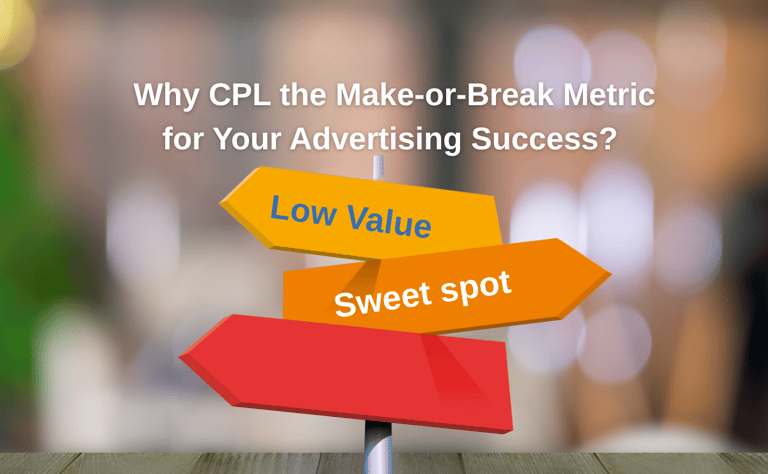Why Cost Per Lead (CPL) Is More Than Just a Number
Cost Per Lead reveals whether your campaigns profit or drain your budget. Learn how to calculate your true CPL, focus on lead quality, and optimize for sustainable growth.
7/9/20251 min read


CPL (Cost Per Lead) isn't just another marketing acronym – it's the metric that reveals whether your ads are generating profit or burning cash.
Here's why CPL matters more than you think:
The Simple Math: If your average customer brings you $500 in revenue and your CPL is $50, you're winning. If your CPL is $300, you're bleeding money.
Why Most Marketers Get CPL Wrong:
❌ They focus only on low CPL numbers.
❌ They ignore lead quality.
❌ They don't track lead-to-customer conversion rates.
The Smart Approach:
✅ Calculate your Customer Lifetime Value (CLV)
✅ Set CPL targets based on actual revenue data
✅ Track the entire funnel, not just lead generation
✅ Test and optimize for qualified leads, not just volume
Real Talk: I've seen campaigns with $20 CPL fail miserably because the leads were garbage, while $200 CPL campaigns generated millions in revenue because every lead was premium quality.
Your CPL sweet spot = (Customer Lifetime Value × Lead-to-Customer Rate) × 0.3
This formula keeps you profitable while leaving room for other marketing costs and profit margins.
Action Item for Today: Pull your last 3 months of campaign data. Calculate your true CPL performance by dividing total ad spend by actual paying customers (not just leads). The results might surprise you.
